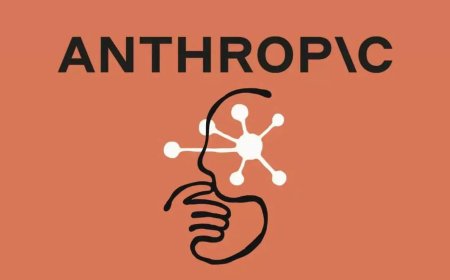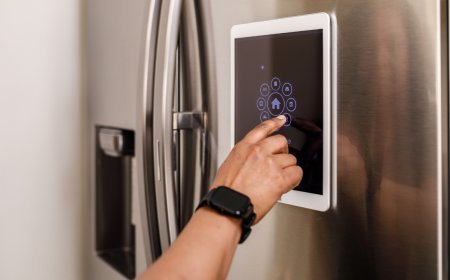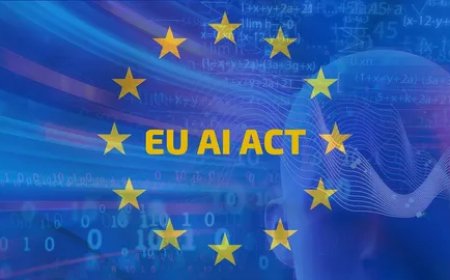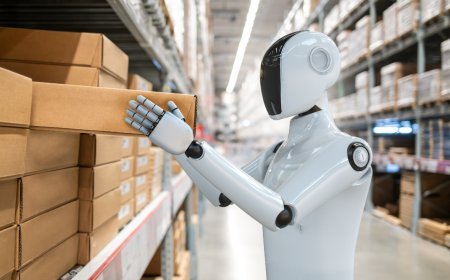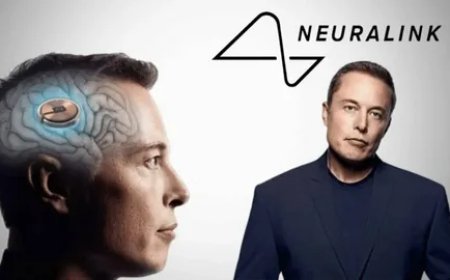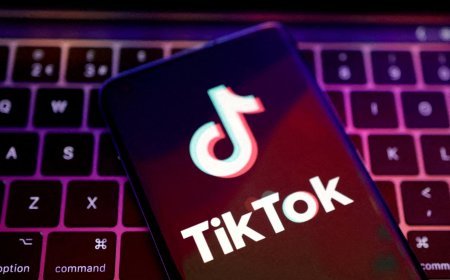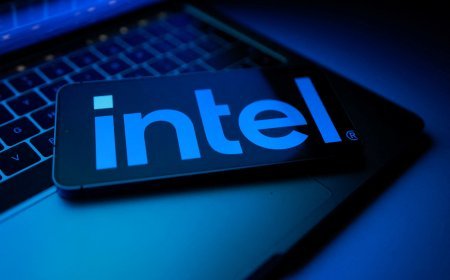Your Solar Rooftop: A Surprising National Security Threat

In a striking revelation that has sent ripples through the renewable energy sector, Texas-based solar company EG4 has emerged as a case study for the cybersecurity vulnerabilities that may lurk within home energy systems. This week, federal authorities issued a stark advisory highlighting the potential for cybercriminals to exploit weaknesses in EG4's solar inverters, raising critical questions about the safety and security of residential energy solutions.
The advisory from the U.S. Cybersecurity and Infrastructure Security Agency (CISA) serves as a wake-up call for homeowners and industry stakeholders alike. As the adoption of solar energy continues to surge, the need to address cybersecurity in this rapidly evolving sector has never been more urgent. Inverters, which convert the direct current (DC) generated by solar panels into alternating current (AC) suitable for home use, are a vital component of solar energy systems. However, the very technology that enables these systems to function efficiently also presents a tempting target for cyber attackers.
According to the CISA advisory, hackers could potentially seize control of EG4 inverters, allowing them to manipulate the solar energy output, disrupt service, or even compromise the safety of the entire electrical system. This scenario paints a concerning picture of how a seemingly benign home energy system can become a conduit for cyberattacks, potentially leading to costly damage and safety hazards.
Cybersecurity experts warn that, as the solar energy sector grows, so too does its appeal to malicious actors. The interconnectedness of solar technology, combined with the increasing integration of smart home devices, creates a complex web of vulnerabilities. Homeowners often underestimate the risks associated with these systems, believing that their renewable energy solutions are inherently safe from cyber threats. However, the recent advisory is a stark reminder that today's digital landscape requires vigilant cybersecurity measures.
EG4, a smaller player in the solar market, has found itself under the microscope as this advisory sheds light on broader industry concerns. While the company has made significant strides in providing affordable solar solutions, the potential security risks associated with its inverters have raised alarms. In response to the advisory, EG4 has committed to enhancing its cybersecurity protocols and working closely with federal officials to address the identified vulnerabilities.
This incident is not an isolated one. Over the past few years, there have been numerous instances of cyberattacks targeting critical infrastructure, including energy grids and renewable energy systems. In 2021, a significant ransomware attack on the Colonial Pipeline underscored the vulnerabilities of the U.S. energy infrastructure, leading to fuel shortages and widespread panic. Such events highlight the pressing need for robust cybersecurity measures across all facets of the energy sector.
The implications of compromised solar inverters are far-reaching. For homeowners, the most immediate concern is the potential for disrupted energy supply. A cyberattack could lead to unexpected outages or surges in energy costs, undermining the financial benefits that solar energy is supposed to provide. Furthermore, a successful breach could expose sensitive user data, including personal and financial information, adding another layer of risk for consumers.
As the demand for renewable energy continues to grow, regulatory bodies are recognizing the need for stricter cybersecurity standards. In response to increasing threats, the federal government has ramped up efforts to create comprehensive guidelines aimed at protecting critical infrastructure, including solar energy systems. These efforts include collaboration with industry stakeholders, cybersecurity firms, and policymakers to establish a framework that addresses the unique challenges posed by emerging technologies.
For solar companies, the lesson is clear: robust cybersecurity measures must be integrated into product development from the outset. This means not only identifying potential vulnerabilities but also implementing advanced security protocols, such as encryption, secure firmware updates, and real-time monitoring systems. By prioritizing cybersecurity, companies can build consumer trust and mitigate the risks associated with cyber threats.
Homeowners, too, have a role to play in safeguarding their solar systems. As part of a comprehensive approach to home security, individuals should consider implementing additional protective measures. This could include regularly updating the firmware of inverters, using strong passwords, and employing network security solutions to safeguard connected devices. The more proactive homeowners are in addressing potential vulnerabilities, the better protected they will be against potential cyber threats.
The EG4 incident serves as a crucial reminder that as we embrace renewable energy, we must also confront the challenges that come with it. Cybersecurity in the energy sector is not just an IT issue; it’s a matter of public safety and national security. With the ever-increasing reliance on technology, the need for vigilance, innovation, and collaboration has never been more pronounced.
As we forge ahead into a future powered by solar energy, it is imperative that stakeholders across the board—government, industry, and consumers—work together to create a more secure energy landscape. The potential for clean energy to revolutionize our power systems is immense, but so too is the need to protect it from cyber threats. By learning from incidents like the one involving EG4, we can pave the way for a safer and more resilient energy future.
In conclusion, the recent advisory highlights not only the vulnerabilities present in EG4’s solar inverters but also the larger trends affecting the renewable energy sector. With the right measures in place, we can harness the power of solar technology while ensuring that the systems we rely on are secure from cyber threats. The call to action is clear: let’s prioritize cybersecurity as we transition to a greener, more sustainable future.
What's Your Reaction?
 Like
0
Like
0
 Dislike
0
Dislike
0
 Love
0
Love
0
 Funny
0
Funny
0
 Angry
0
Angry
0
 Sad
0
Sad
0
 Wow
0
Wow
0




